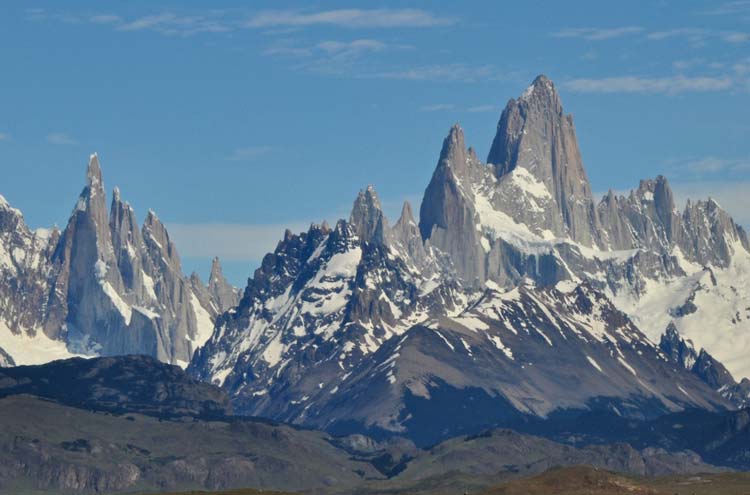




Both Chilean and Argentinean Patagonia demonstrate the full scale and drama of the South American continent, narrowing to the sea at Tierra del Fuego and the notorious Cape Horn. Between them the regions present a modern ice age, replete with calving glaciers, frigid lakes and rough-hewn towers of striated rock.
Chilean Patagonia is perhaps the nation's most famous region: some claim, given Chile's other wonders. Cut off from the rest of the country by impassable mountains and violent storms, only by air or sea or overland from Argentina can you penetrate into this astounding landscape. Islands, glaciers, icebergs and mountains all vie for fame. It is truly a natural, glacial wilderness.
The world's southernmost city, Puntas Arenas, sits amidst this extreme landscape. Its airport makes it a natural base for expeditions here, albeit still some 400km from the Torres Del Paine National Park. In Chilean Patagonia, these could entail:
Argentinean Patagonia tells a similarly spectacular story. Los Glaciares National Park, which hosts the fantastic Fitz Roy Massif, is a UNESCO World Heritage Site, and at 8,500sq miles, its scale is matched only by its grandeur.
Approximately a third of that area is covered by ice-fields connecting over 45 major glaciers. Pristine vistas wherever you turn, and a marvelous variety of terrain, make for breathtaking stuff.
An excursion to Argentinean Patagonia could include:
To locate Torres del Paine and the Fitzroy Massif in relation to each other, see here (Fitzroy is nearby El Chalten on the map).
Given these walks' fundamental similarity, and the fact that few travellers will have the time and energy to explore both areas, we have combined these areas for assessing our Top 100 walks.
All material on this website is © Walkopedia Ltd 2008 - 2015, unless specified otherwise.
ALL RIGHTS RESERVED